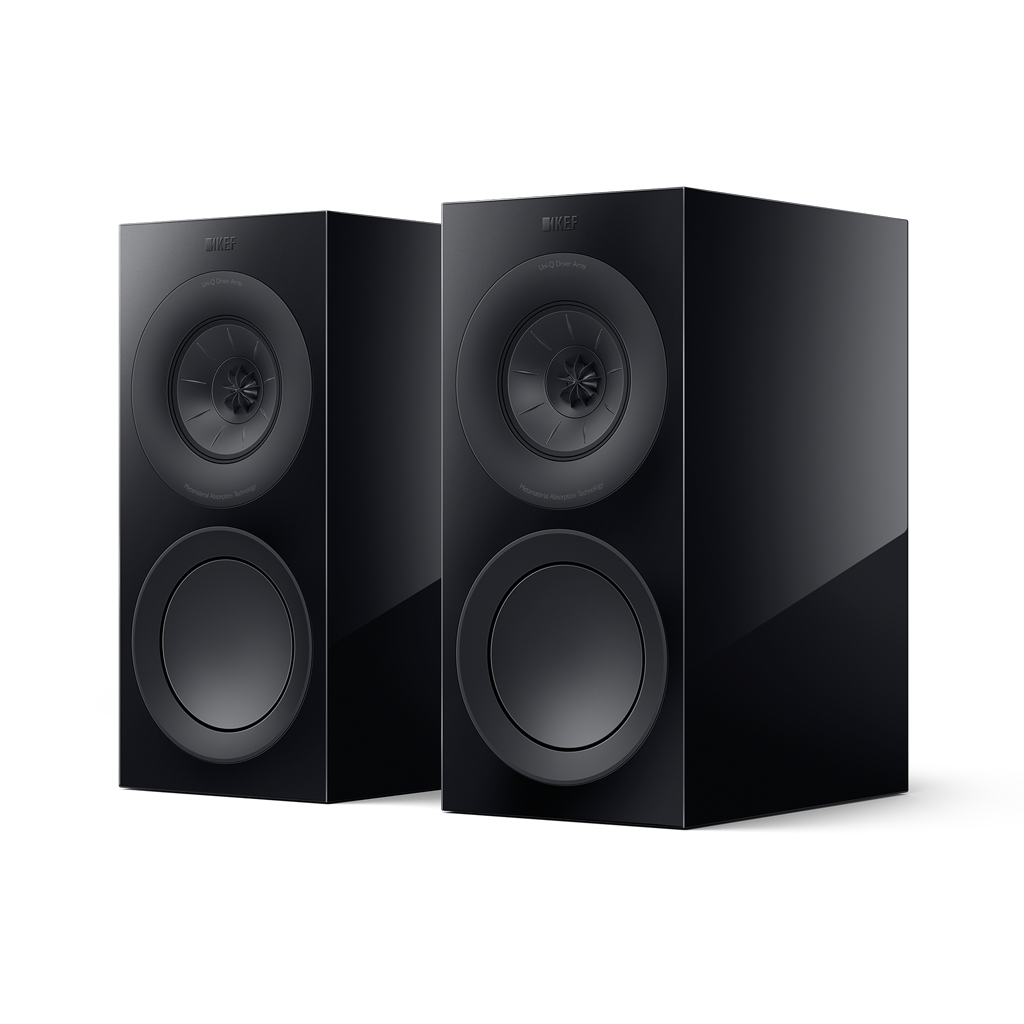Gounsbairg
Member
Deleted.
Last edited:
My comment was in relation to the R8 Meta, the subject of this thread.€ 1600 was the price of the 'old' R3.
R3 Meta costs €2200 / pair VAT included.

R3 Meta
Verhoog uw audio -ervaring naar nieuwe hoogten met KEF R3 meta -luidsprekers. Dompel jezelf onder in het geluid, waar Precision Engineering zich voortegenwoordig maakt voor prachtige geluidskwaliteit.nl.kef.com

R3 Meta
R3 Meta redefines bookshelf speaker’s performance. Sharing the same drivers as the range-topping R11 Meta, the R3 Meta is a true three-way design. It has a 12th generation Uni-Q® driver array with MAT™ and a powerful 6.5” hybrid aluminium bass driver that pushes performance to new extremes.us.kef.com
He already did 2 months ago in the Kef R Meta Series Release topic:I'm sure that dip isn't there by accident or is an oversight. Maybe @jackocleebrown can explain why its there?
Here is what the Dolby specified crossover looks like for the up-firing speakers:If someone has seen the Dolby OEM requirements for the crossover, please post so we can confirm.
Considering the frequency range, very few overhead or height speakers can reach 40 Hz by themselves. I actually wonder if that is even necessary having subwoofers.I am still surprised with Atmos being so prevalent for so long, there is still so much mystery around speaker requirements (and proper placement as well):
Sections 2.5.x.
In addition, the Dolby Audio Room Design Tool mentioned therein, makes it easy to find the required speaker capability(s) for an individual room.
In short Dolby Atmos overhead speaker specification is they are to be full range or bass managed, have 17dB above reference output capability, be within +/- 3dB from 40-18Khz, and have wide dispersion. Whether or not mixers actually take advantage of these capabilities is up to them, but be aware if you go "cheap" on the overheads, you are leaving lots of performance on the table if they do.
I am surprised at the midrange dip seemingly built into this speaker. KEF seems to be the type of company that would not let this out the door, I do hope an explanation or corrective action is coming.
In regards to upfiring Atmos speakers...I simply fail to see how those can create the phantoms necessary for proper spatial placement.
Bass managed is part of the mentioned spec (i.e. use of subwoofer to extend the LF capability of the speakers if necessary).Considering the frequency range, very few overhead or height speakers can reach 40 Hz by themselves. I actually wonder if that is even necessary having subwoofers.
Neither the original LS50 nor LS50 Meta or other recent 2-way Uni-Qs have such a wide and deep dip there, so I am sure its a conscious tuning choice from KEF, would be interesting to know the reasons.I suspect that the interface where the the cone’s edge meets the rubber surround is responsible for dip seen around 1.5KHz.
It is a common issue that affects many mid-woofers with big roll surround, Eg. LS50 loudspeaker. It is anisotropic, so with DSP you can improve it somewhat but you can’t fully massage this out, because it exhibits different characteristics at different directions.
The midrange specific driver eg. Coaxial from the R3 Meta has a smaller surround with a different profile optimised to be free of this. The downside is that as low as 100Hz ( as the midwoofer ). Which is why all the other models have a dedicated midwoofer.
So it’s an engineering trade off.
I think the R8a (dont think there is/was an R8a Meta) was the previous (non meta) incarnation judging by Kef's site- shows as a lot cheaper and sold out.Does anybody know what's the difference, if any, between R8 Meta and R8a Meta?